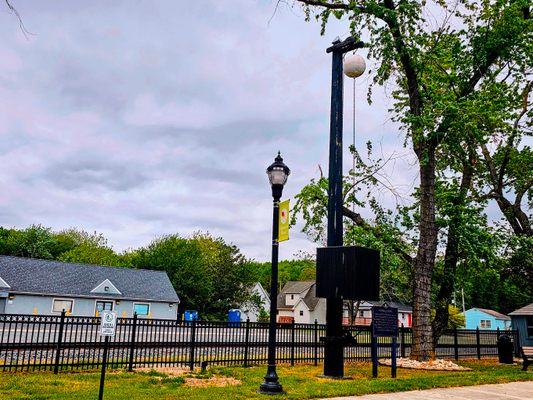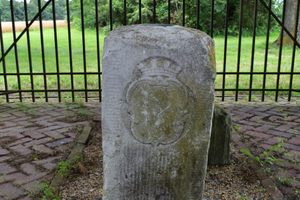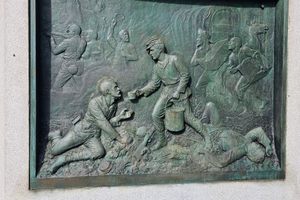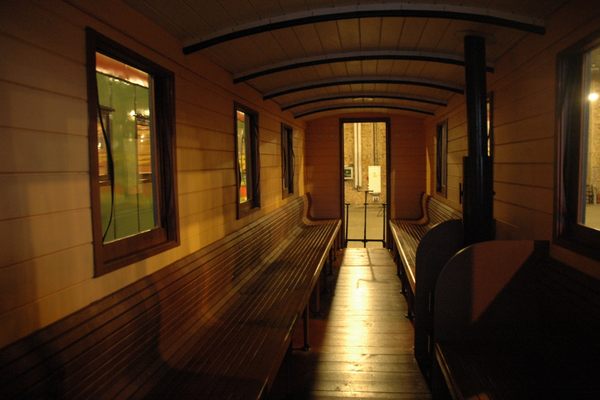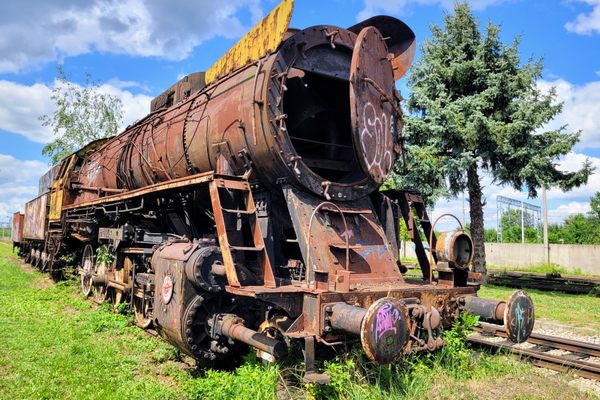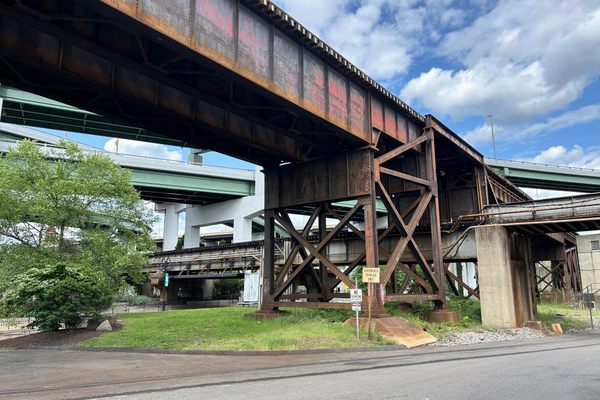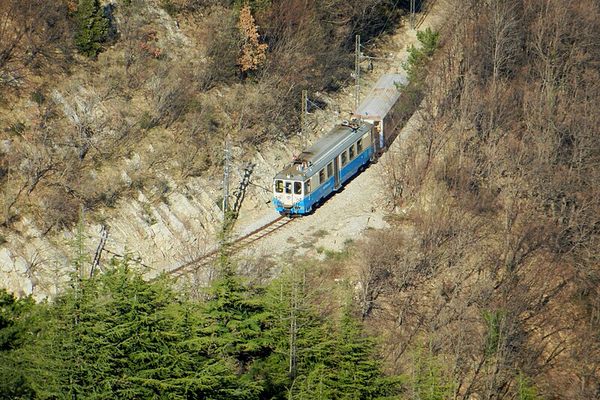About
In train yards across the country, you'll still hear a common turn of phrase in use today: “Highball!” It means a few things, but generally, it signals that a train crew has clearance to proceed. Where did this bit of railroad slang come from? In the sleepy former railroad town of Delmar, Delaware, visitors can find one of the last surviving examples of a Highball Signal, the early railroad signal that lent its name to modern communication.
The highball signal is one of the oldest forms of railroad signaling that can be found in the world. Delmar’s Highball Signal dates all the way back to 1832, with the completion of the short-lived and doomed New Castle & Frenchtown Railroad. This railroad, which spanned only 16 miles across, was briefly a vital connection along the Atlantic corridor, and before the days of electricity, its highball signals were used to guide the conductors.
Signal stations were set up about three miles apart from one another, consisting of a mast with a pulley system that could hoist a hollow ball covered in white paint. As a train left New Castle, the station master would send up a flag. Watching from a telescope from miles away, the first signal operator would spot the flag, and hoist a ball into the air, signaling that the train was clear to move. The next operator would have their sights set on that signal, and so on. Pretty soon, the entire grid would be alerted that a train was on its way. If there was a stoppage or problem on the track, a black ball would be raised instead.
As the Pennsylvania Railroad replaced the New Castle & Frenchtown Railroad by 1840, most of its highball signals had already come down. However, one of its signals was saved and moved, where it was used to signal between a crossing of the Baltimore & Eastern Railroad and the Pennsylvania Railroad. The Highball Signal would remain in use for another century, before being decommissioned in 1948 along with the crossing. After 116 years of service, the Highball Signal was set to become a historical landmark.
It was then moved to Cape Charles, Virginia, where it was to be preserved as a symbol of early railroad history. However, another Delmarva town had its eye on the Highball Signal. Delmar’s history is intertwined with its railroad, as it was founded when the Delaware Railroad was extended to the state’s southern border. The town would grow up around the railroad, incorporating on both sides of the border. Today, the twin towns of Delmar, Maryland, and Delmar, Delaware, bill themselves as “The Little Town Too Big for One State.”
In 1959, Delmar was throwing its centennial celebration, and townsfolk were ecstatic. (A contemporary article mentions that the party planners had even "grown beards for the occasion.”) The centerpiece was to be a monument to the town’s railroad history. Although the Highball Signal was not from Delmar, and wasn’t used on the Delaware line, it was moved to what is now called Railroad Park, where it stands today, just steps from the Maryland/Delaware border.
Today, the Highball Signal is joined in the park by a few other pieces of train-related ephemera. An original crossing guard shack, which was used to station a worker in the days before automated crossing guards, is found nearby. The park’s arguable centerpiece is a 1929 caboose purchased from the Baltimore & Ohio Railroad for the country’s bicentennial in 1976. For a time, it served as the city’s history museum.
However, the Highball Signal remains the park's most unusual highlight, and it is one of the finest and most unheralded preserved pieces of American transportation history. Be sure to stop and visit before you highball the gate out of town.
Related Tags
Know Before You Go
The Highball Signal is located in Railroad Park, just north of the Maryland/Delaware state line. It is free and open to the public. For more information about the signal, reach out to the Delmar Historical and Arts Society, which as of 2024, is in the process of building a new brick-and-mortar historical museum.
Community Contributors
Added By
Published
December 5, 2024
Sources
- https://railroadsignals.us/early/ball/index.htm
- https://www.townofdelmar.us/history.htm
- https://delmarhistoricalandartsociety.blogspot.com/
- https://www.youtube.com/watch?v=_dTUFSZIpIg
- https://www.google.com/books/edition/Railway_Signaling_and_Communications/2vI6AAAAMAAJ?hl=en&gbpv=1&dq=%22highball+signal%22+%22New+Castle%22+delaware&pg=PA500&printsec=frontcover
- https://npgallery.nps.gov/NRHP/GetAsset/NRHP/73000553_text


